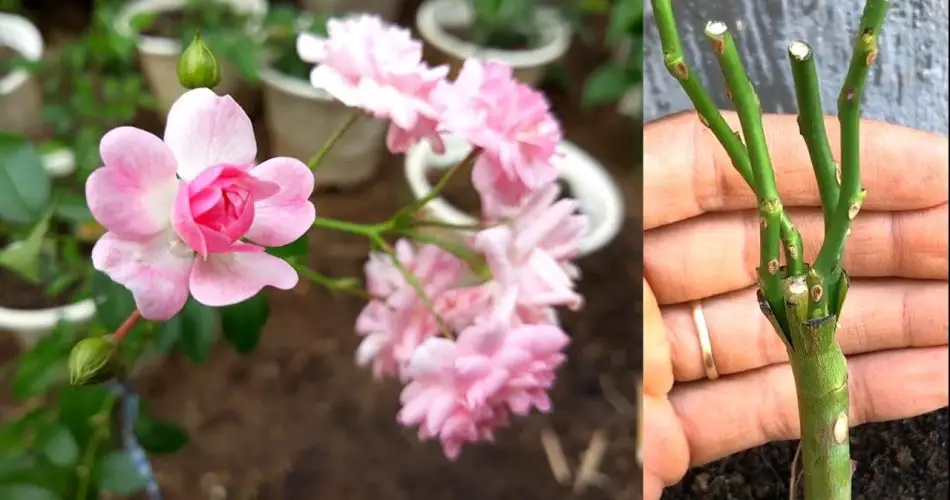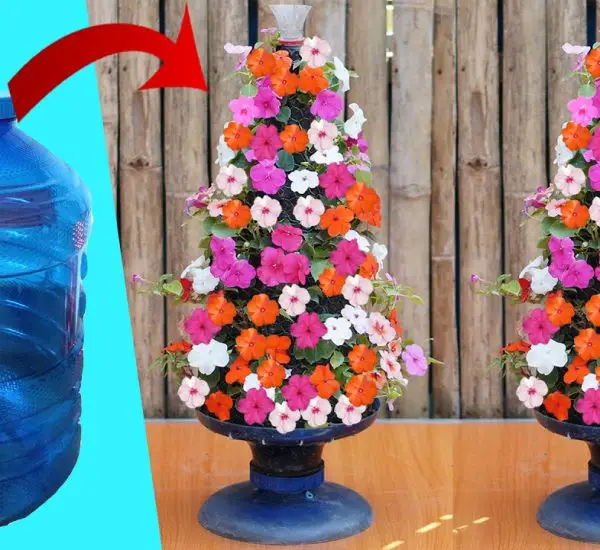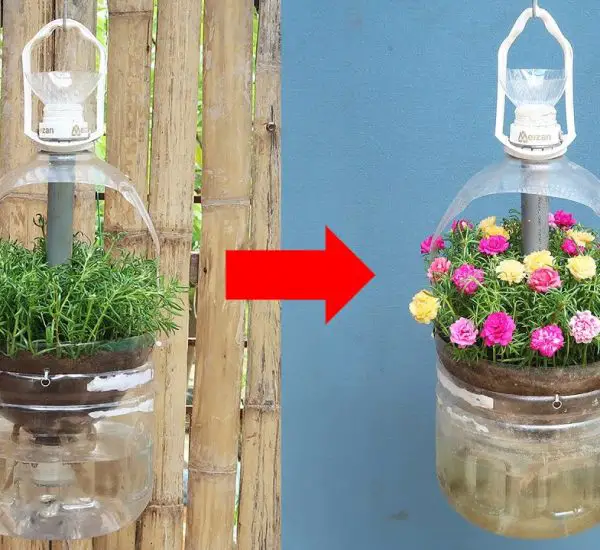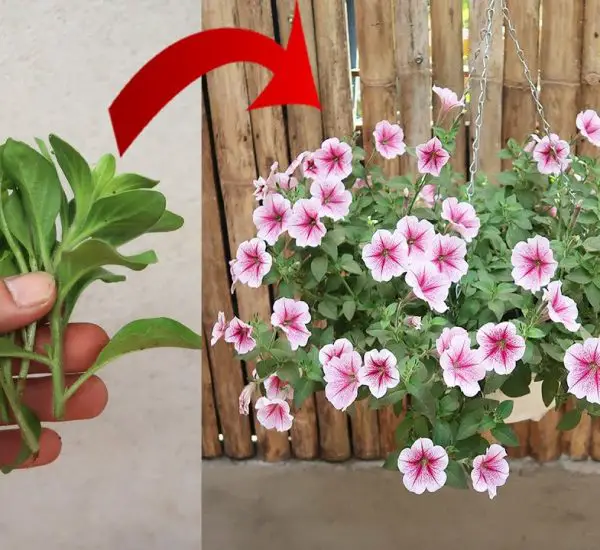Mini roses are a delightful and charming addition to any garden or indoor space. With their small size and vibrant colors, they are perfect for growing in containers, borders, or as indoor plants. These compact roses pack a lot of beauty into a small space, and with the right care, they can bloom beautifully throughout the year. If you’re interested in growing mini roses, here’s everything you need to know to get started.
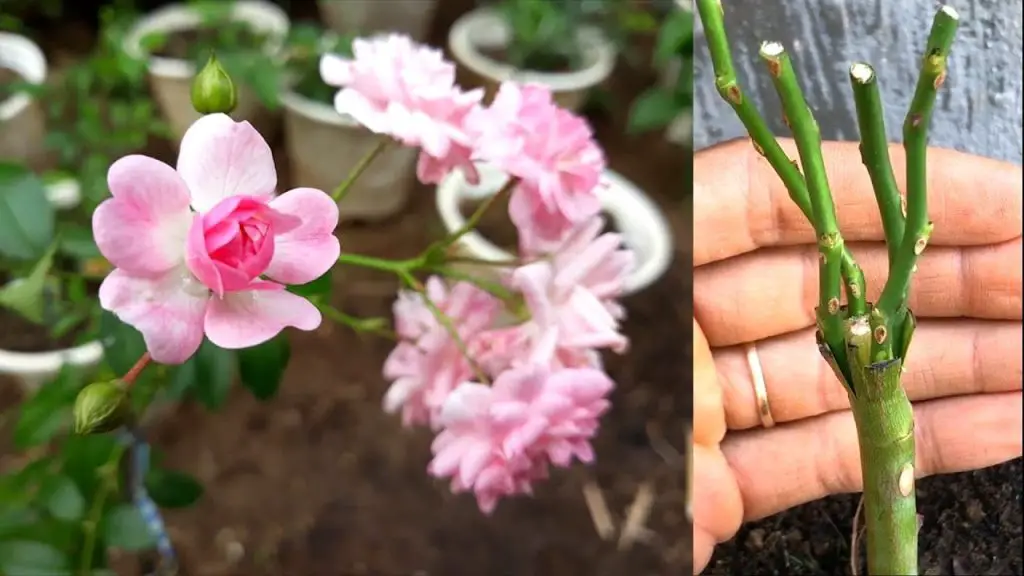
Why Choose Mini Roses?
Mini roses offer several advantages for both novice and experienced gardeners. Their compact size makes them perfect for smaller spaces, such as apartments, balconies, or small gardens. They are also incredibly versatile, thriving in pots, hanging baskets, or even window boxes. Despite their size, mini roses are just as stunning and fragrant as full-sized roses, providing color and fragrance all year long with the proper care.
What You’ll Need to Grow Mini Roses:
- Mini rose plant (choose a variety that suits your space and climate)
- Well-draining soil
- Container or garden bed
- Watering can
- Pruning shears
- Fertilizer (preferably rose food)
- Sunlight (at least 6 hours per day)
Step-by-Step Guide to Growing Mini Roses
1. Choose the Right Location
Mini roses thrive in full sunlight, so it’s important to choose a spot that receives at least 6 hours of direct sunlight per day. Whether you’re planting in a garden bed or container, ensure the location has good air circulation to keep the plants healthy. If you’re growing mini roses indoors, place them near a south-facing window.
2. Prepare the Soil
Roses prefer well-draining soil that is rich in organic matter. For containers, use a high-quality potting mix designed for roses or general plants, and ensure the container has proper drainage holes. For garden planting, you may need to amend the soil with compost or peat moss to improve drainage and fertility.
3. Planting Mini Roses
To plant mini roses in a garden or container, follow these steps:
- Dig a hole that’s large enough to accommodate the plant’s root system.
- Gently remove the mini rose from its pot and place it in the hole, ensuring the crown of the plant (where the roots meet the stem) is level with the soil.
- Fill in around the plant with soil, pressing gently to eliminate air pockets.
- Water the plant thoroughly after planting to settle the soil.
4. Watering Mini Roses
Mini roses prefer regular watering, especially during the growing season. However, they do not like to sit in wet soil, so make sure the soil is well-drained. Water your mini roses deeply once or twice a week, depending on the weather. Be sure to water at the base of the plant and avoid getting water on the leaves to prevent fungal diseases.
5. Fertilizing for Healthy Growth
To encourage vibrant blooms, feed your mini roses regularly. During the growing season, use a rose-specific fertilizer every 4 to 6 weeks. Fertilize your plants in early spring when they start growing, and continue until late summer. Over-fertilizing can cause excessive leaf growth and fewer flowers, so be mindful of the amount you apply.
6. Pruning Mini Roses
Pruning is crucial to keep your mini roses healthy and to promote continuous blooming. Use sharp pruning shears to remove dead or damaged stems, and trim back the plant to encourage new growth. It’s best to prune after the first blooming cycle and again in late fall to shape the plant. Be sure to cut at an angle just above a bud or leaf node to encourage new shoots.
7. Managing Pests and Diseases
Mini roses, like all roses, are susceptible to pests and diseases. Keep an eye out for common issues like aphids, black spot, and powdery mildew. If you notice any problems, treat your plants promptly with organic or chemical treatments designed for roses. Regularly check for pests under the leaves and around the base of the plant.
8. Winter Care for Mini Roses
If you live in a cold climate, it’s essential to protect your mini roses during the winter months. In the fall, cut back the plant and cover the base with a layer of mulch to protect the roots from freezing. For potted mini roses, move the plant to a cool, sheltered spot like a garage or greenhouse. If growing indoors, ensure your mini roses get enough light, and avoid placing them near heat sources that can dry out the soil.
Tips for Success:
- Deadhead spent flowers regularly to encourage more blooms.
- Keep the plant well-hydrated but not waterlogged.
- Rotate the plant occasionally to ensure even growth on all sides.
- Consider using rose food for specialized nutrients.
- If growing mini roses indoors, ensure they are placed in a location with adequate humidity and air circulation.
Conclusion
Growing mini roses is a rewarding experience that provides you with beautiful, fragrant flowers year-round. With their compact size, they’re perfect for small spaces or indoor gardens. By following these simple steps—choosing the right location, watering properly, and maintaining your plants with regular pruning and care—you can enjoy a blooming display of mini roses that will bring beauty to your home or garden. Whether you’re a beginner or experienced gardener, mini roses are a perfect addition to your plant collection! 🌹🌿
